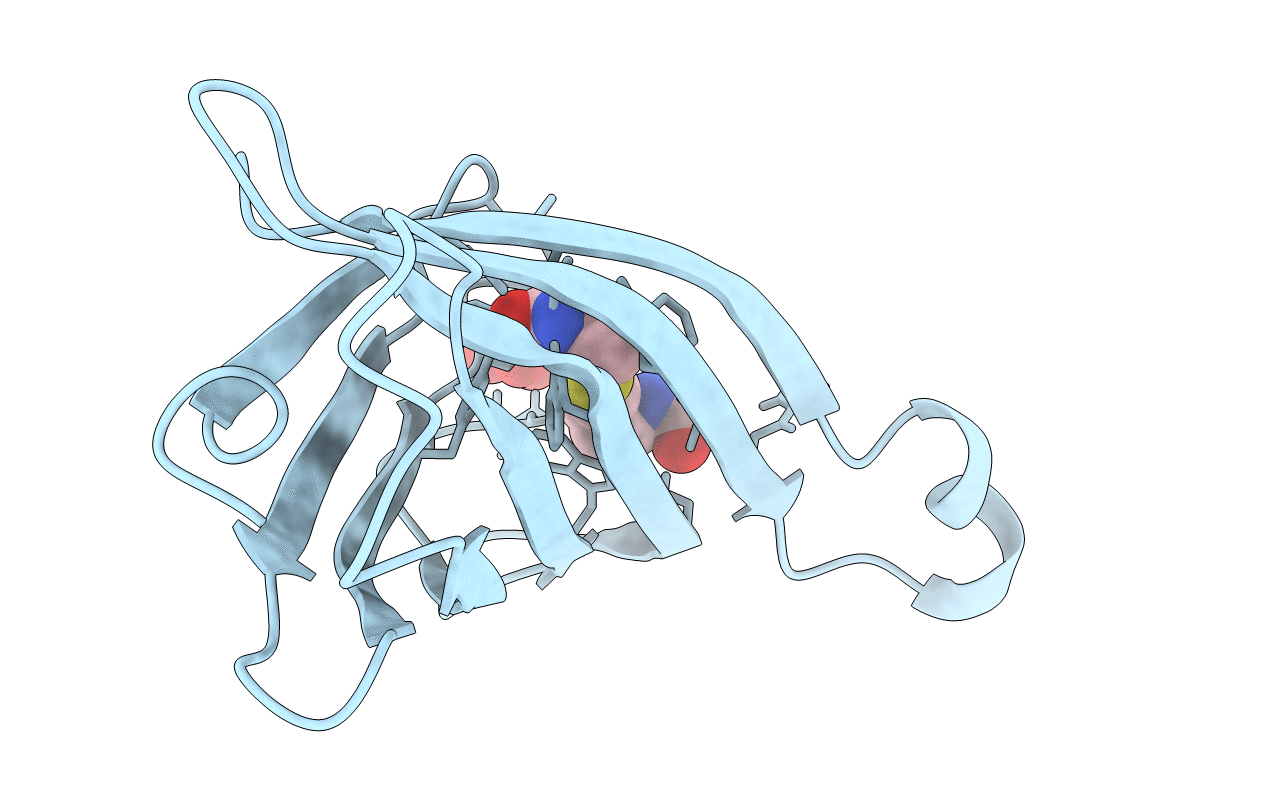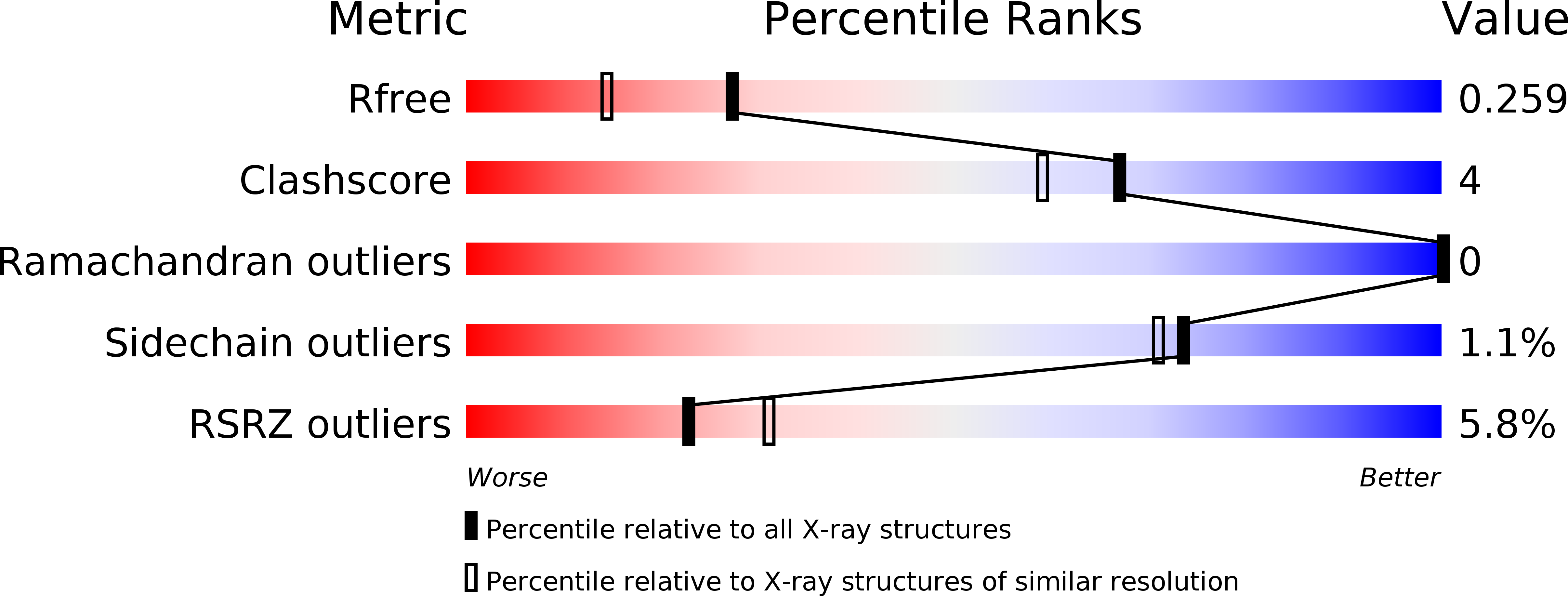
Deposition Date
2020-02-18
Release Date
2020-07-01
Last Version Date
2024-01-24
Entry Detail
PDB ID:
6Y3Q
Keywords:
Title:
Streptavidin mutant S112R_K121E with a biotC5-1 cofactor - an artificial iron hydroxylase
Biological Source:
Source Organism:
Streptomyces avidinii (Taxon ID: 1895)
Host Organism:
Method Details:
Experimental Method:
Resolution:
1.95 Å
R-Value Free:
0.25
R-Value Work:
0.20
Space Group:
I 41 2 2


